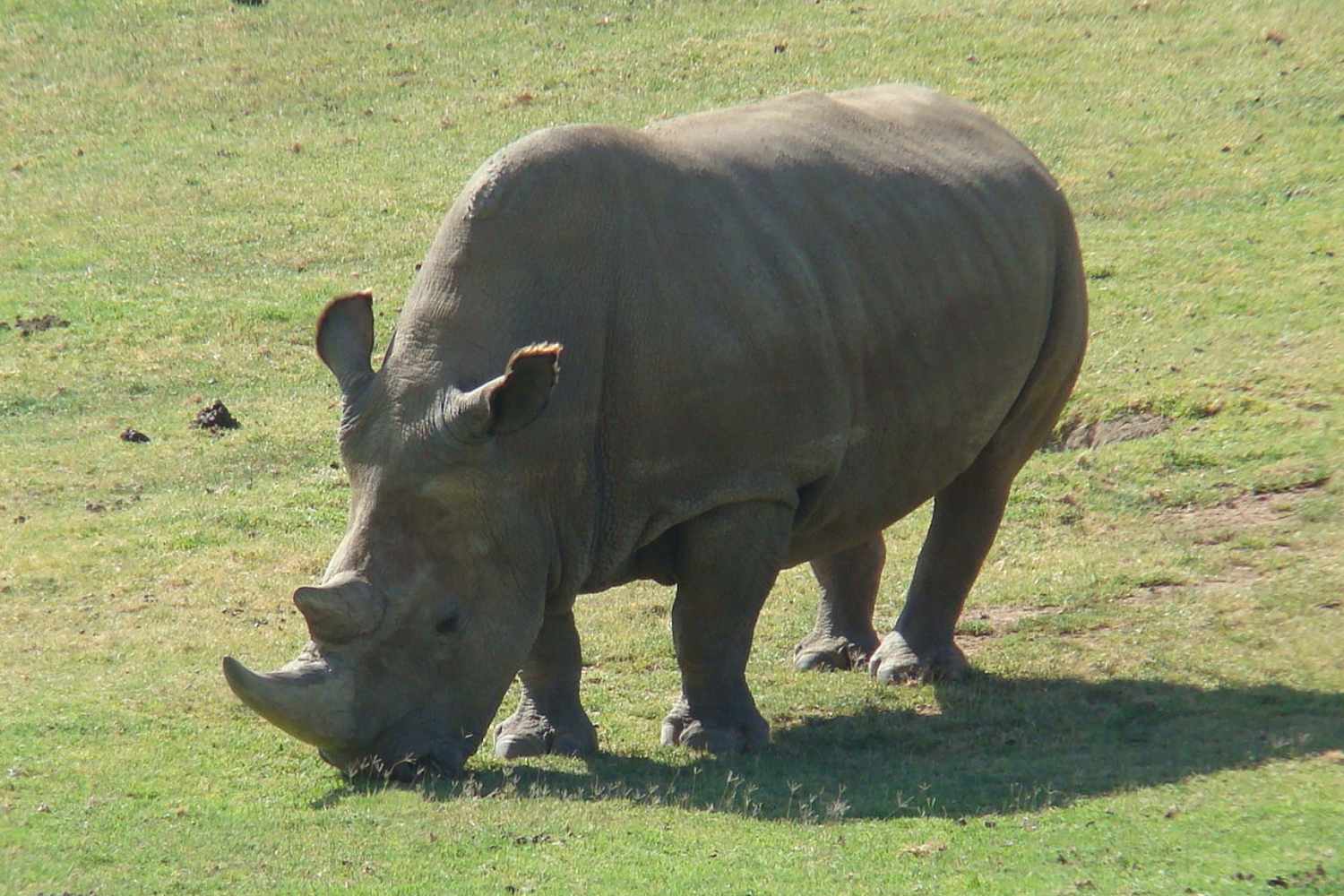The northern white rhinoceros, once a symbol of African wildlife, is now functionally extinct. Efforts like the BioRescue project, involving advanced IVF and stem cell research, offer a slim chance of revival.

@Sheep81/Wikipedia
Once a majestic symbol of African wildlife, the northern white rhinoceros is now considered functionally extinct. While two females, Fatu and Najin, remain alive, both in captivity, the species can no longer reproduce naturally.
The primary cause of their near extinction has been poaching, driven by the high demand for rhino horn, which is prized in traditional Asian medicine and as a decorative item. Native to Central Africa, the northern white rhinoceros is one of two subspecies of the white rhinoceros—the other being the southern white rhinoceros, which is still found in the wild.
Weighing over 7,700 pounds (3,500 kg) and equipped with a horn that grows throughout its lifetime, the northern white rhino was once one of the most influential mega-herbivores of the savanna. These animals play a crucial role in maintaining the African ecosystem by altering vegetation and reducing the risk of wildfires.
The death of the last male, Sudan, on March 19, 2018, marked a point of no return for the species. With no males left, the two remaining females, Najin and Fatu, live in captivity within a protected reserve in Kenya. However, without male counterparts, they are unable to reproduce naturally. This has led to the need for advanced reproductive technologies.
How are we trying to prevent their extinction?
In an effort to save the northern white rhino, the BioRescue project was launched. This international initiative utilizes in vitro fertilization (IVF) techniques to attempt to bring the species back from the brink. Scientists collect eggs from the two females and fertilize them using frozen sperm from deceased male rhinos. These embryos are then frozen until they can be implanted into surrogate southern white rhinoceros females.
So far, 35 embryos have been produced, representing the species’ only hope for revival. The project involves international research institutes, including the Leibniz Institute in Berlin and the University of Padua, which are working together to secure a future for this animal. The University of Osaka is also exploring the possibility of creating reproductive cells from stem cells, which could open up innovative pathways for biodiversity conservation.
Meanwhile, the southern white rhinoceros, despite years of progress, remains under close monitoring. This is particularly due to the resurgence of poaching and the impacts of climate change. The fate of the northern white rhinoceros remains uncertain, and the final hope for saving the species is hanging by a very thin thread.
